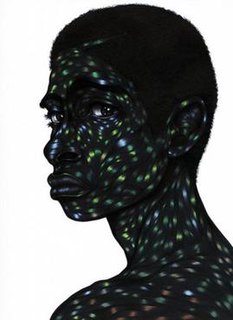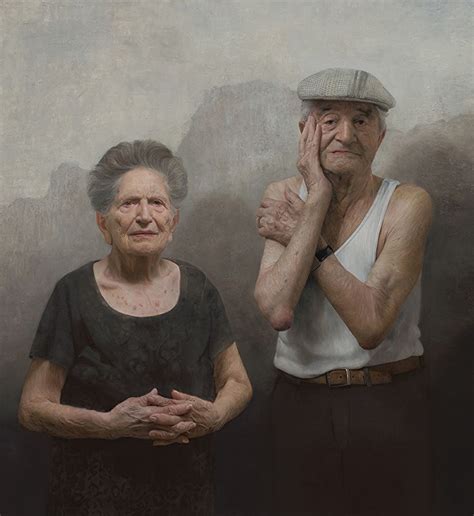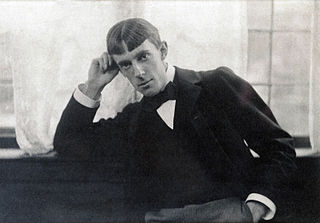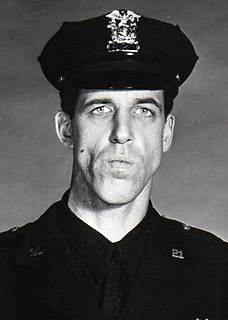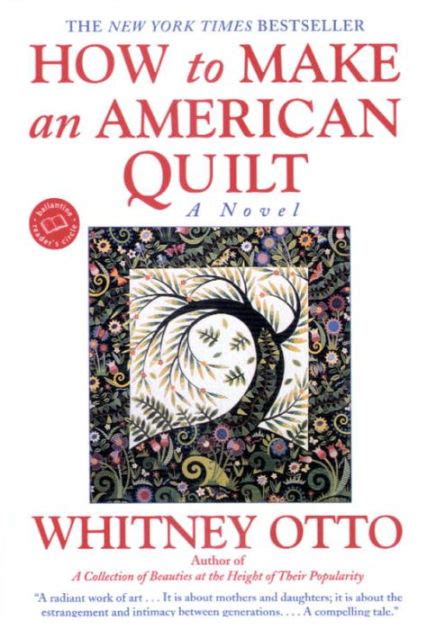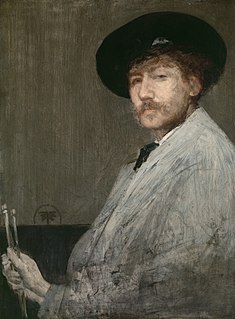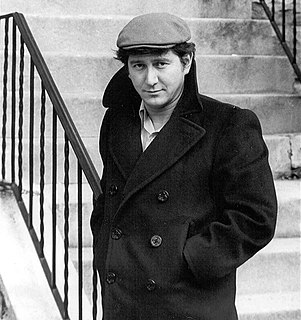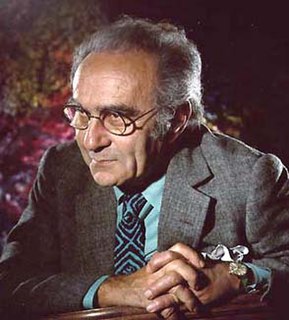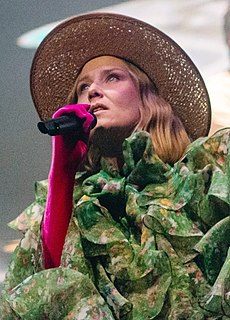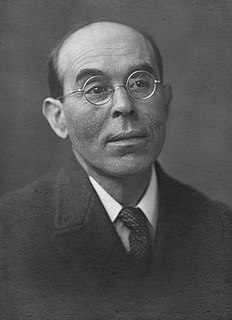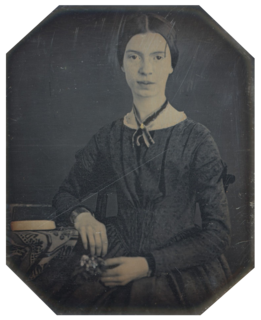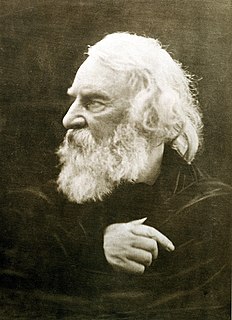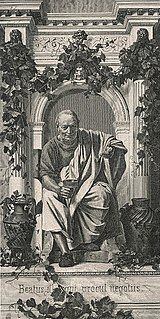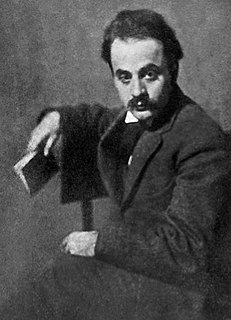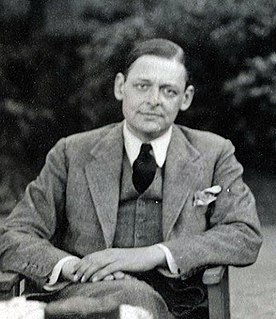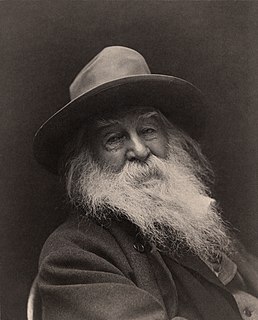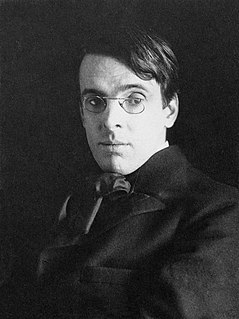A Quote by Oscar Wilde
every portrait that is painted with feeling is a portrait of the artist, not of the sitter. The sitter is merely the accident, the occasion. It is not he who is revealed by the painter; it is rather the painter who, on the coloured canvas, reveals himself.
Related Quotes
I've always felt the portrait is an occasion for marks to happen. I've never viewed the portrait as about the sitter. Even when I go to the National Portrait Gallery, I'm not thinking about the sitter; I'm thinking about how the artist chose that color or that highlight. It becomes about the time, place, and context.
I sort of feel that the role of a portrait in society is to represent the sitters, we see paintings of Shakespeare and we believe that it is what he looked like, well maybe a little older, fatter and with a higher hairline. I guess it would be cool if the portraits that were painted really did look like the sitter or expressed some sort of emotion that gave the viewers in the future a sense of the sitter's pathos at the time it was painted.
Among the things she said: "Women seem to possess all the natural gifts essential to a good portraitist ... such as personality, patience and intuition. The sitter ought to be the predominating factor in a successful portrait. Men portraitist are apt to forget this; they are inclined to lose the sitter in a maze of technique luxuriating in the cleverness and beauty of their own medium."
As light fades and the shadows deepen, all petty and exacting details vanish, everything trivial disappears, and I see things as they are in great strong masses: the buttons are lost, but the sitter remains; the sitter is lost, but the shadow remains; the shadow is lost, but the picture remains. And that, night cannot efface from the painter's imagination.

